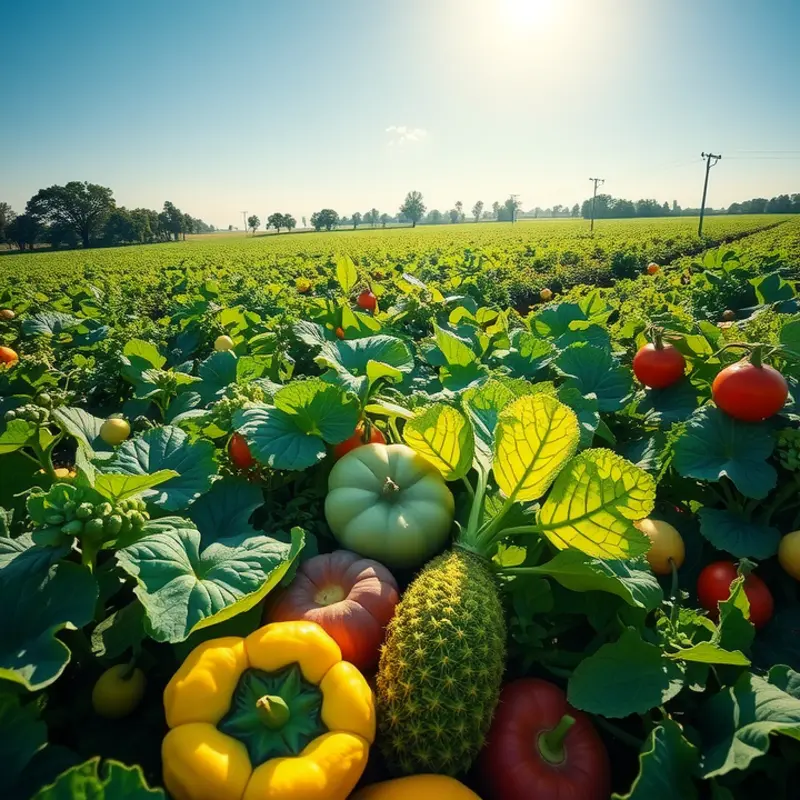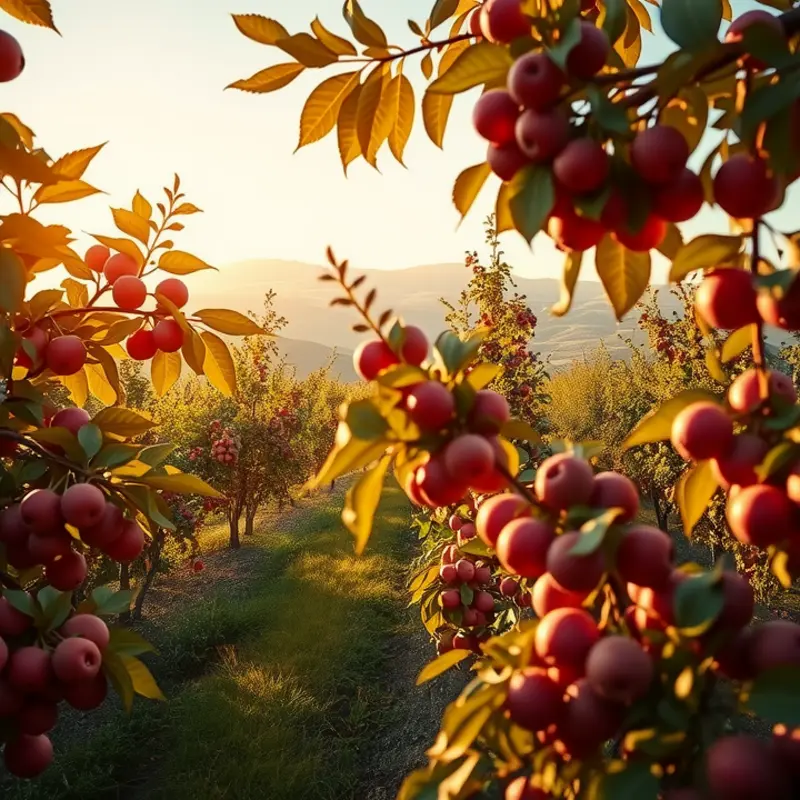Eating eco-friendly is more than a diet; it’s a lifestyle choice that contributes to environmental sustainability. As the global food system faces challenges like climate change and biodiversity loss, your role as a conscious consumer can make a significant difference. By supporting local farmers, choosing plant-based options, reducing food waste, and prioritizing organic produce, you can cultivate a healthier planet. Let’s delve into essential resources that empower you to make informed food choices while nurturing your body and the earth.
Building a Sustainable Plate: Key Eco-Friendly Practices

Creating a truly sustainable plate involves a conscientious effort towards choosing foods that are both nutritious and environmentally friendly. The cornerstone of this approach is the focus on local, seasonal produce. Opting for fruits and vegetables that are in season not only ensures better taste and nutritional value but also minimizes the carbon footprint associated with long-distance transportation.
Local markets are perfect venues to find fresh produce, often grown without the heavy use of synthetic chemicals. By purchasing from nearby sources, consumers support local economies and reduce the need for extensive supply chains, further decreasing carbon emissions.
Incorporating more plant-based options into diets is another powerful way to build a sustainable plate. The environmental impact of meat production, especially beef and lamb, is significantly higher than plant crops. Transitioning to a diet rich in legumes, whole grains, nuts, and seeds can greatly reduce one’s ecological footprint. Not only do plant-based diets require less water and produce fewer greenhouse emissions, but they also offer numerous health benefits.
A practical way to embrace plant-based eating is to adopt ‘Meatless Mondays’ or try a vegetarian dish once a week. For example, a vibrant Mediterranean chickpea salad not only delights the palate but also aligns with eco-friendly goals, as highlighted in this delicious recipe.
Reducing food waste is essential. In many homes, fruits and vegetables often spoil before consumption due to over-purchasing. Understanding how to store food properly can prevent waste. For instance, storing bananas, apples, and tomatoes in separate areas can slow their ripening process, as they emit ethylene gas that accelerates spoilage of nearby produce.
Planning meals ahead is another effective strategy against waste. Meal prepping helps utilize ingredients efficiently. Buying in bulk can also reduce packaging waste, but it requires a clear plan to use all purchased items before they spoil.
A sustainable plate contributes positively to the environment by conserving resources, lowering greenhouse gas emissions, and fostering biodiversity. Small changes, like choosing eco-friendly food options and minimizing waste, make a significant difference. By integrating these practices into daily routines, we can move closer to achieving a balanced, sustainable relationship with our planet.
Resources for Sustainable Choices: Apps and Guides

Opting for sustainable food choices requires more than just good intentions; it necessitates reliable tools and guides. Fortunately, a variety of resources are available to help individuals make informed decisions. The digital age offers numerous apps that enable users to track the sustainability of their food choices. These apps often provide detailed insights about the environmental impact of different foods, including carbon footprints, water usage, and ethical considerations. By using these digital tools, individuals can consciously minimize the environmental or ethical repercussions of their selections.
For those looking to support local agriculture, several websites can connect users with organic farms. These platforms often provide directories or maps highlighting local farms that practice sustainable farming. Finding nearby sources not only reduces the carbon footprint linked to transportation but also supports local economies and encourages sustainable agriculture practices.
Another crucial aspect of sustainable eating is waste reduction. Guides are available which offer practical tips for minimizing food waste in everyday life. These may include strategies for better meal planning, understanding food expiration labels, and creative ways to use leftovers. By actively reducing waste, we not only conserve resources but also foster a healthier planet.
Sustainable meal planning is greatly enhanced by understanding macro-nutrient-focused diets, which can be both health-conscious and environment-friendly. For instance, adopting recipes like Mediterranean Chickpea Salad can provide a burst of freshness while conscientiously supporting plant-based eating. Such choices promote a diet rich in legumes and vegetables, known for their smaller environmental impact compared to animal products.
These resources—whether digital or community-oriented—serve to empower individuals and families seeking to integrate sustainability into their grocery shopping and meal preparation. The key is to start small, utilizing available tools to make incremental changes that can add up to a significant positive impact over time. By leveraging these apps, websites, and guides, consumers can connect the dots between their daily choices and the larger health of our planet.
Final words
Embracing eco-friendly eating is an empowering journey that benefits both your health and the health of our planet. By practicing sustainable habits such as choosing locally sourced foods, minimizing waste, and incorporating a variety of plant-based options into your meals, you cultivate not only a nutrient-rich diet but also a more sustainable world. Remember, every small change counts; whether you start by shopping at farmers’ markets or adopting the use of eco-friendly apps to guide your choices, you are taking important steps toward a greener future. Let your food choices reflect your values, nurturing both your well-being and the environment.








